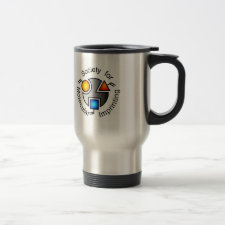
Authors: Dan R, Wang YZ, Du L, Du SH, Huang MD, Yang S, Zhang M
Article Title: The synthesis of molecular imprinted chitosan-gels copolymerized with multiform functional monomers at three different temperatures and the recognition for the template ovalbumin.
Publication date: 2013
Journal: Analyst
Volume: 138
Issue: (12)
Page numbers: 3433-3443.
DOI: 10.1039/C3AN36930G
Abstract: In this paper, the molecularly imprinted polymers (MIPs) were prepared to recognize the template ovalbumin. The graft copolymerization was conducted based on chitosan (CS) and several types of functional monomers, while choosing N,N-methylenebisacrylamide as the cross-linking agent. The influence of the synthesis temperature was investigated. The effect of different kinds of functional monomers was compared and optimized. The properties of the obtained gels were characterized by using the FT-IR spectrometer, field emission scanning electron microscope (FESEM) and Zeta-meter. The adsorption isotherms of the imprinted chitosan gels were determined and well fitted by a Langmuir model. The maximum theoretical adsorption capacities (Qmax) was determined to be 9.74 mg g-1 for the MIP (CS-g-AAm) and 22.94 mg g-1 for the MIP (CS-g-MAA). Several types of reference protein with different molecular weights and isoelectric points were selected to examine the selectivity of the chitosan based gels. The results implied that the charge effect and the shape memory were the critical factors affecting the rebinding process. Finally, the selectivity for the protein mixture adsorption was evaluated by the high efficiency liquid chromatography (HPLC) analysis choosing lysozyme as the competitive protein. These results demonstrate the potential selectivity of the prepared chitosan gels
Template and target information: protein, ovalbumin



Join the Society for Molecular Imprinting

New items RSS feed
Sign-up for e-mail updates:
Choose between receiving an occasional newsletter or more frequent e-mail alerts.
Click here to go to the sign-up page.
Is your name elemental or peptidic? Enter your name and find out by clicking either of the buttons below!
Other products you may like:
 MIPdatabase
MIPdatabase









